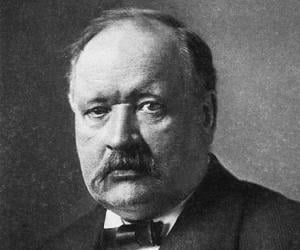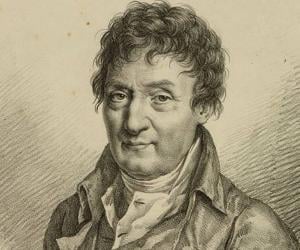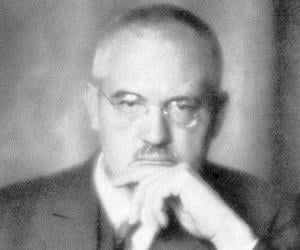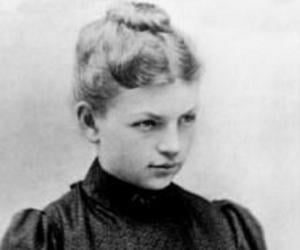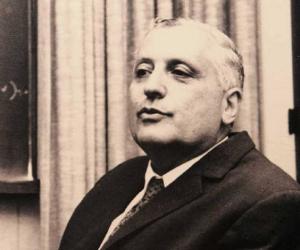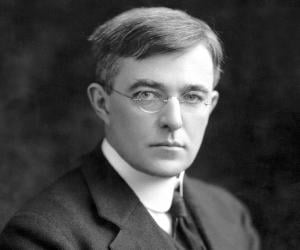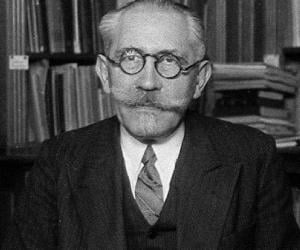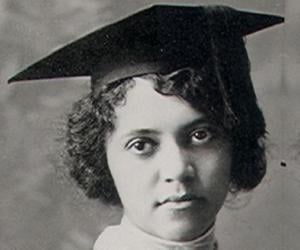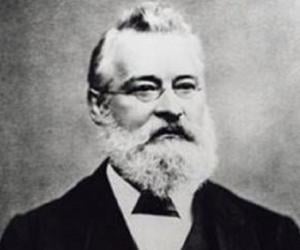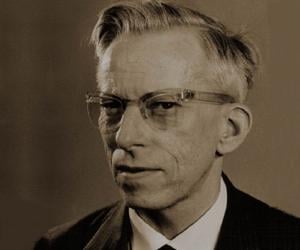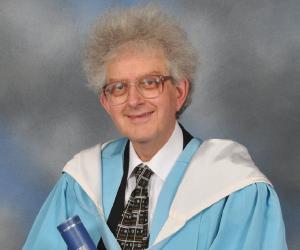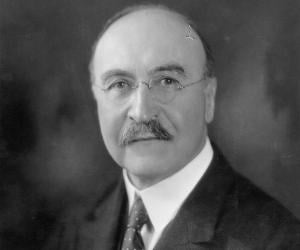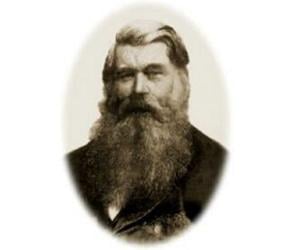Quick Facts
Also Known As: Аррениус, Сванте Август
Died At Age: 68
Family:
Spouse/Ex-: Maria Johansson, Sofia Rudbeck
Chemists Physical Chemists
Died on: October 2, 1927
place of death: Stockholm
More Facts
education: Stockholm University, Uppsala University
awards: (1902) – Davy Medal
(1903) – Nobel Prize for Chemistry
(1910) – ForMemRS
(1911) – Willard Gibbs Award
(1920) – Franklin Medal
Childhood & Early Life
Svante Arrhenius was born in Vik near the Swedish town of Uppsala on Febuary 19, 1859 to Svente Gustav and Carolina Thunberg Arrhenius. His father was a non-teaching employee at the ‘Uppsala University’.
By the year 1862, a 3 year old Arrhenius learned how to read and became the talk of the town. Additionally, he also became an expert in arithmetic at the same time by going through his father’s accounting books.
In 1876, Svante Arrhenius graduated from the highly regarded cathedral school in the city of Uppsala and he was also the youngest graduate at the time.
In the year 1876, at the age of 17, he went to study at ‘Uppsala University’ and his subjects of study were physics, chemistry and mathematics. Arrhenius was awarded his bachelor’s degree two years later.
Arrhenius was dissatisfied with the physics teacher at ‘Uppsala University’ and so he discontinued his research work 1881 in order to study under Erik Edlund at the ‘Swedish Academy of Sciences’, Stockholm.
Career
In 1884, the budding chemist put forward his dissertation at the ‘Swedish Academy of Sciences’ and in total it contained 56 theses, most of which would be considered flawless in the modern age.
In his 1884 dissertation he proved that a solution of salts and water is a good conductor of electricity while individually they weren’t. Although the theory did not impress his professors; stalwarts of physical chemistry like Rudolf Clausius and Wilhelm Ostwald were impressed.
Arrhenius was given a grant by the ‘Swedish Academy of Sciences’ in 1886 which allowed him to travel and conduct research with the leading scientists of the day like Ostwald and Boltzmann.
In the period between 1885 and 1890, he also carried out studies related to cosmic physics while at the same time he continued to make remarkable strides in findings related to electrolytic dissociation theory.
In the year 1891, Svante was appointed as a lecturer in physics at the Stockholms Hogskola, which is now better known as ‘Stockholm University’. He continued in that position till he was promoted as a professor four years later.
In 1896, he started work on proving how the fluctuations in the carbon dioxide levels can have an effect on the climate and temperature of a place. He termed it the ‘Greenhouse Effect’ and it is regarded as the one of the most pioneering studies on climate change to this day.
From 1901 till his death he had a major influence in the awarding of the Nobel Prizes as member of the Nobel Committees on Physics and Chemistry.
Major Works
Svante Arrhenius was a staunch believer in making science and scientific thinking popular among the masses and to that end he published the famous book ‘Worlds in the Making’ in 1908. It was translated into many languages and was an immensely popular book.
Awards and Achievements
The Royal Society of London recognized Arrhenius’ pioneering study on the theory of dissociation and awarded him with the ‘Davy Medal’ in the year 1902.
In the year 1903, this eminent scientist became the 3rd recipient of the Nobel Prize for Chemistry for his breakthrough in the study of ‘Greenhouse Effect’; which remains one of the most important studies in modern history.
Personal Life and Legacy
Svante married his student Sofia Rudbeck in 1894 but the marriage ended two years later. He had one son from his first marriage and he was named Olof Vilhelm Arrhenius. Olof went on to become a chemist as well.
In the year, 1905 Arrhenius married Maria Johansson and the marriage lasted till the former’s death. He had two daughters and a son with Maria.
On 2nd October, 1927 this renowned chemist succumbed to inflammatory bowel disease with which he had been suffering. He died at the age of 68 and he was buried in Uppsala.
The theory of dissociation and the ‘Greenhouse Effect’ remain his greatest legacies; considering the profound effect it has had on science and the world.
Facts About Svante Arrhenius
Svante Arrhenius was a Swedish scientist who was the first to propose the theory of electrolytic dissociation, which revolutionized our understanding of how substances dissolve in water.
In addition to his scientific contributions, Arrhenius was also a talented poet and writer, with several published works to his name.
Arrhenius had a keen interest in the environment and was one of the first scientists to suggest that human activities, such as the burning of fossil fuels, could lead to global warming due to the increase in carbon dioxide levels.
Despite facing criticism and skepticism during his lifetime, Arrhenius’s theories and research laid the foundation for modern physical chemistry and have had a lasting impact on the field.
See more:


